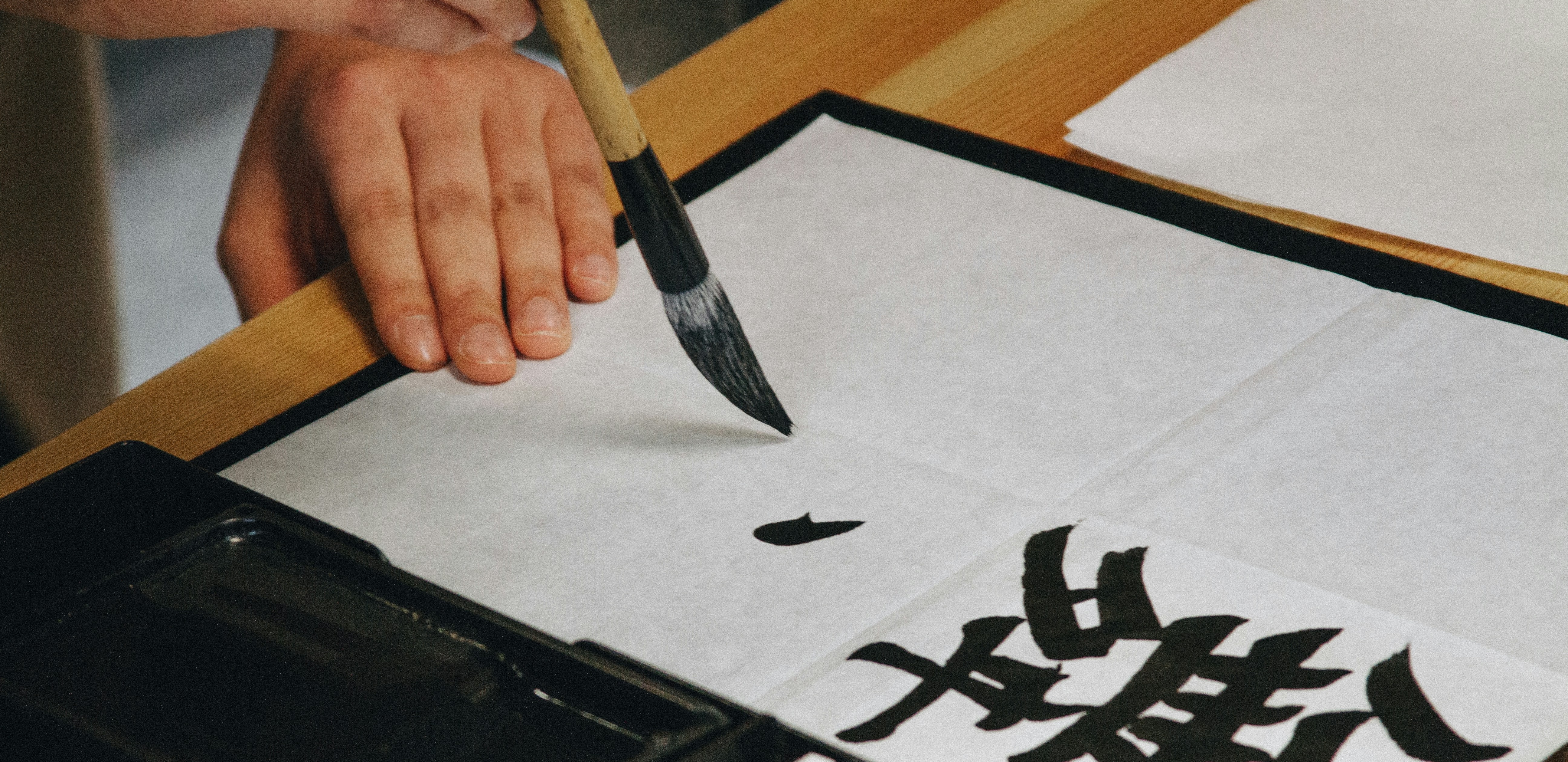While learning Japanese, I have noticed that I tend to memorize Kanji and not write them as much. This realization was slightly alarming at first, but the more I thought about it, the more I figured out that being able to write Kanji is not the most useful or important skill. Personally, I can write around 90-100 basic Kanji, but for the rest, I would struggle. Today, I want to talk about why learning how to write Kanji is not the most important topic to focus on.
The Hiragana Substitution
For those that don’t fully understand what a Kanji character is, they are essentially mini pictures that represent a word. However, the mini picture can be broken into a more basic alphabet that every Japanese learner fully knows—hiragana. As a result, anything that is written with Kanji can be written with hiragana. If you happen to never learn a single Kanji, you could simply use hiragana instead. I’m not saying Kanji itself is not important, because it definitely is in terms of reading comprehension. More so, I’m saying that if you’re focused on becoming better at writing, knowing Kanji can be important, but in most practical cases it tends to not be worth the time and effort.
The Lack of Use
From my experience, most examinations, classes, and other Japanese language learning settings will not require you to learn how to write Kanji. Though they are fun to write once mastered, it’s hard to think of a scenario when you would need to know the specific strokes. If I’m writing an email, the live conversion feature provides a list of potential Kanji that would replace the hiragana in what I’m typing—it’s digitally handled. The only real situation requiring written Kanji would be writing with paper and pen/pencil. In my opinion, only a really technical class would present this requirement. In most cases, getting away with hiragana would be just fine.
It’s Inconvenient
One of the perks of writing Kanji characters is that it combines multiple hiragana characters, meaning that it’s like a shorthand for a longer word. In some cases it tends to be shorter and easier than writing out all of the hiragana. However, in a lot of cases, writing out the Kanji actually takes longer than writing out the hiragana. Take a simple Kanji like 話. This Kanji most definitely takes longer to write in comparison to はな. This example is more mild, and more extreme examples make the difference in writing time more significant. Additionally, in my opinion, memorizing and being able to recognize a Kanji is much different than mastering the stroke order of the Kanji. Most people that depend on recognition would not be able to tell you the stroke order and layout of the Kanji.
My Personal Opinion
Though I may sound like a Kanji hater at this point, I’m not. In fact, I love to write Kanji in my free time, and figuring out how to write new ones is a hobby for me. However, in the scope of trying to progress as fast as possible in your Japanese language journey, I feel that focusing on learning how to write Kanji is not that productive. Instead, focusing on learning how to write the basic ones is probably a better idea. Later on, when a learner has more free time/has progressed more in the language, they can always return to writing Kanji/learning new stroke order. And as I stated, personally, Kanji is one of my favorite areas of Japanese, but if I’m being unbiased, I believe that time spent in Japanese is better elsewhere.

Via Niketh Vellanki on Unsplash
Writing vs. Reading
I do also want to point out that what I’m saying only applies to writing Kanji. Reading Kanji is a whole different ballpark. Because Kanji is so commonly used in street signs to movies to shop menus, knowing them is highly important. As I’ve talked about in a previous blog, learning from a place such as WaniKani is highly beneficial and will significantly boost your Kanji knowledge. Hours here are well spent because exams such as the JLPT have an entire section dedicated to recognition of a plethora of Kanji characters.
Conclusion
As a language learner, I sometimes used to spend too much time learning how to write Kanji, only to realize later that I didn’t end up using that knowledge. Today, as I’ve progressed further and further into the language, I still write Kanji in my free time, because it honestly is pretty fun. However, prioritizing your time while learning is key, and I think that this idea expands beyond writing Kanji. Recognizing the aspects that you really need to work on while learning is the best way to level up. For instance, knowing a very abstract vocabulary word may be good, but instead, knowing 100 common words provides a better (and practical) return on your time spent studying. And with that, I’m off to go write some Kanji.
